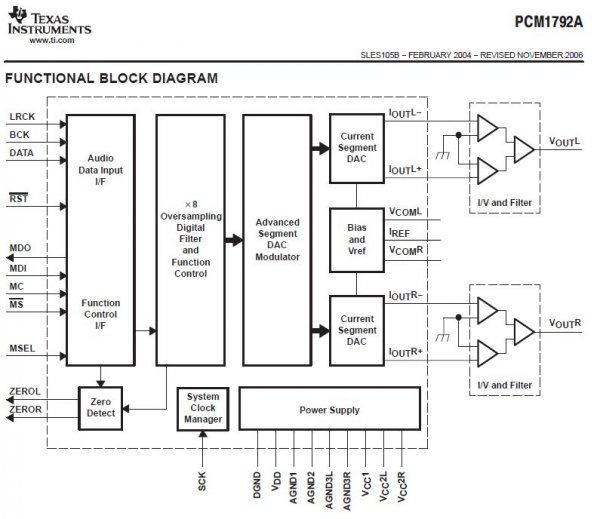Hi Dave. You say that with complete conviction and I get that is your conclusion but it just isn't a universal truth. As I mentioned and you know, almost all of our music is produced through balanced connections. Do we really think the talent heard less fidelity music than we somehow hear when we play that through unbalanced connections?
But maybe you are making a point only with regards to playback system. I am a data driven guy so I went to the stereophile Class A recommended amplifiers and looked at how they were evaluated in their reviews to get that status. Didn't have time to go through them all and just did a sampling:
http://www.stereophile.com/content/2016-recommended-components-power-amps#P7k2QXcuAdXxZzgE.97
Dan D'Agostino Momentum monoblock: $65,000/pair
Here is the business end of that amp:
As you see, it only has balanced connection. Under the specs it says, "Inputs: 1 balanced XLR."
The Momentums produced a seamless overall sound, with slightly reserved highs, a tube-like midrange, and an authoritative bottom end, said MF. "With the darTZeel NHB-458, it's one of the two most satisfying power amplifiers I've ever heard," he concluded.
I hope you agree that calling anyone who owns this amp to have an experience that is less natural or believable, etc. would get you a fist fight in a hurry.

Dan's amps last year were the most popular one I saw at audio shows. So it reasons that there is no concern as you mention.
Lamm Industries M1.2 Reference monoblock: $27,390/pair
"The 110W M1.2 with tube front end and MOSFET output stage, comprehensive short-circuit protection, and high/low impedance settings, offered
"unflinching honesty in conveying the true nature of the music that passed through it," said PB. "Utterly continuous and coherent from top to bottom," the M1.2 combined
resolution and transparency with harmonic completeness, timbral richness, and glow. JA concurs."
This amp has both inputs. So I looked up the review and found this in the equipment list used to review it:
Cables: Digital: DH Labs Silver Sonic. AES/EBU: AudioQuest Coffee, Belkin Gold USB. FireWire: AudioQuest FireWire 400 (prototype).
Interconnect (balanced): AudioQuest Wild.
That's a $4,500 XLR cable.
The review again fully confirms that amazing fidelity can be had with balanced audio.
mbl 9007 Noble Line monoblock: $42,800/pair
"The 440W Reference 9007 can be used as either a balanced monoblock or a single-ended stereo amplifier and has provisions for biwiring and biamping....Sacrificing bloom and suppleness for crystalline transparency and offering
tightly focused imaging, shimmering highs, and well-damped bass, the 9007 was one of the most exciting and engaging amplifiers in MF's experience."
Method of connection is again in the equipment list:
"
Interconnect (balanced): Kubala-Sosna Elation!, Transparent, AudioQuest Wild Blue."
I could keep going but as you see, superlative performance according to these reviewers was achieved using balanced connections.
And a few other quick ones:
As you see there is no unbalanced connection.
So while I believe that is your conclusion, there is a mountain of evidence that balanced connections provides superlative performance in the hands and ears of others.









